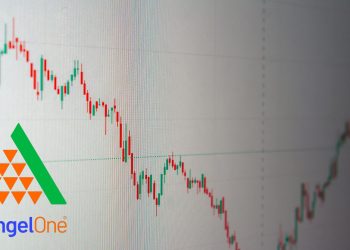India’s retirement savings model is going through a transformation. While the Employees’ Provident Fund (PF / EPF) remains central, more Indians are turning to pension funds and hybrid retirement schemes for better flexibility, higher returns, and long-term security.
Growing scope and assets
The National Pension System (NPS) and Atal Pension Yojana (APY) are powerfully expanding. In FY 2024-25, NPS added more than 12 lakh new private sector subscribers, boosting its total base beyond 1.65 crore. At the same time, APY recorded 11.7 million fresh enrollments, pushing its subscriber numbers past 76 million. These figures are from a recent Business Today report.
Assets under management (AUM) are also reaching new highs. As per NPS Trust data, combined AUM has crossed ₹15 lakh crore as of mid-2025, reflecting growing trust in pension instruments. The PFRDA Handbook shows detailed AUM growth across schemes and pension fund managers.
To widen investment options, from October 1, 2025, non-government NPS subscribers can allocate up to 100 % of their investments in equities under the new Multiple Scheme Framework (MSF). This reform is expected to appeal to younger investors seeking higher returns. (as described in Economic Times)
Key policy shifts & challenges
One major shift: the new Unified Pension Scheme (UPS) was launched on April 1, 2025, for central government employees. UPS is a defined-benefit style scheme under NPS, offering assured payouts and protecting benefits like gratuity and death/disability cover. The PFRDA’s scheme page provides details on its structure.
Still, uptake of UPS has been slow. PFRDA Chairman S. Ramann recently noted that more push is needed to increase enrollments, especially since APY continues to grow strongly.
Another major development: Max Life Pension Fund has discontinued its operations as a pension fund manager under NPS from June 2, 2025. All subscriber assets under Max Life have been migrated to other PFRDA-registered PFMs without service disruption.
Also, pension fund naming has been revised. PFRDA has updated names of Life Cycle Funds to better reflect their risk-return profiles and equity exposure levels, to help subscribers make clearer choices.
Why people are shifting
- Flexibility and customization: With MSF and equity options, investors have more control over risk and return.
- Growing awareness: Financial literacy, easier digital onboarding, and promotion of pension benefits are helping younger workers join early.
- Regulatory support: Policies like UPS, ease of transfers, and better disclosures are making pension funds more attractive.
- Longer lifespans: As people live longer, assured pension income is more valuable than lump sums alone.
Risks and uncertainties
- Market volatility: Equity exposures mean returns can swing – not all investors may be comfortable with that.
- Slow adoption in government sectors: Some states are opting back to the Old Pension Scheme (OPS), citing fiscal pressures. For example, employee groups in Rajasthan recently opposed shifts away from OPS.
- Transition challenges: Migrating fund management (as in Max Life’s case) must be smooth to keep subscriber confidence.
- Charge and cost pressures: Pension funds operate under regulated fee slabs to limit high charges.
What comes next?
We are seeing a gradual but definite shift from PF as the sole retirement vehicle to a blended model of provident + pension + market returns. For many Indians, retirement planning will increasingly mean choosing among pension schemes, managing allocations, and engaging actively with their funds.













